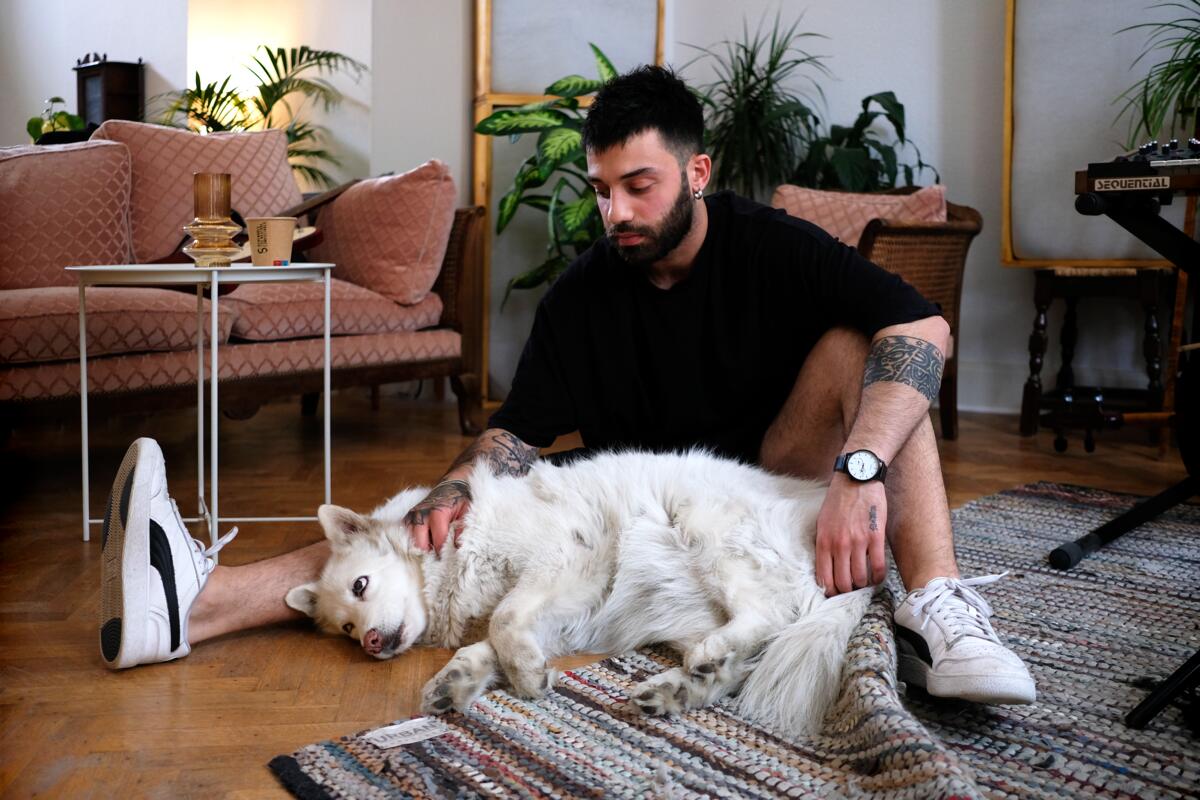Mexico: relocations for refugee integration top 10,000 mark
Mexico: relocations for refugee integration top 10,000 mark

An innovative integration program led by UNHCR, the UN Refugee Agency, has helped more than 10,000 refugees relocate within Mexico and restart their lives in their new communities.
The 10,000 mark was reached in late May, as UNHCR steps up its effort to assist the increasing number of refugees who find protection in the country.
More than 70 percent of all asylum claims in Mexico are made in the south of the country, where integration opportunities and services are limited for recognized refugees. Since its inception in 2016, the program helps them relocate to one of eight cities in the country’s center and north. There, the labour and housing markets, as well as the education and health systems have the capacity to integrate refugees, as a result of demographic transition and economic growth.
UNHCR supports program participants with temporary housing, cultural orientation, vocational training, school enrolment and job placement. After two years of permanent residence, refugees can apply for naturalization.
A recent UN review showed the program’s effectiveness: while they were in southern Mexico, only 10 per cent of the refugees were employed and 17 per cent counted on sporadic informal jobs. After their relocation, 92 per cent were formally employed, with incomes that were on average 60 per cent higher than in the south. Currently, more than 170 national and multinational companies employ refugees as part of the program.
Local communities also benefit from the increased tax revenues and social security contributions. Indicatively, in the next 12 months, the 10,000 refugees relocated so far are projected to generate taxes that exceed the 2021 budget of COMAR, the Mexican Commission for Assistance to Refugees.
As the COVID-19 pandemic continues to affect livelihoods and economies worldwide, UNHCR would like to see this model replicated in more countries to support the self-reliance of refugees and benefit their hosts.
In Mexico, UNHCR increased its target for the integration program in 2021 and seeks to be able to relocate 20,000 people from southern areas per year. To achieve this, we work with financial support by private sector foundations, in collaboration with federal and local authorities. These efforts are underpinned by commitments made as part of the MIRPS, a solutions-based framework that aims to tackle the causes and consequences of forced displacement in the region.
The decision to increase the relocation targets also comes at the backdrop of an increasing number of people finding protection in Mexico.
In total, over 50,000 people have been granted refugee status in Mexico since 2013. The majority were escaping gang violence, extortion and persecution in parts of Central America.
For more information please contact:
- In Mexico, Silvia Garduño garduñ[email protected] +52 1 55 2848 7440
- In Mexico, Sibylla Brodzinsky, [email protected] +52 1 55 8048 5054
- In Panama, William Spindler, [email protected] +507 6382 7815
- In Geneva, Aikaterini Kitidi, [email protected] +41 79 580 8334









